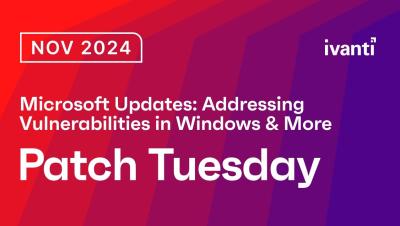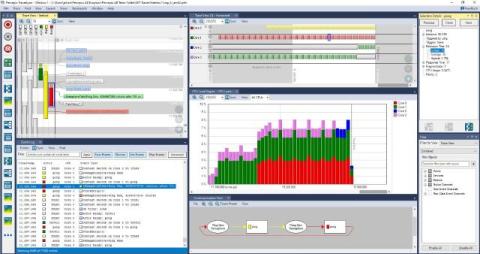HPE OpsRamp Continues to Push Autonomous IT Operations Forward
To empower and support ITOps and DevOps teams managing complex, hybrid IT environments, we have enhanced our observability, AI-powered operations copilot, and analytics, and automation capabilities - and we have made it easier for IT teams to deploy these capabilities with multiple HPE packages. Collectively, these enhancements to the HPE OpsRamp continue to get us closer to the vision of autonomous IT operations.











